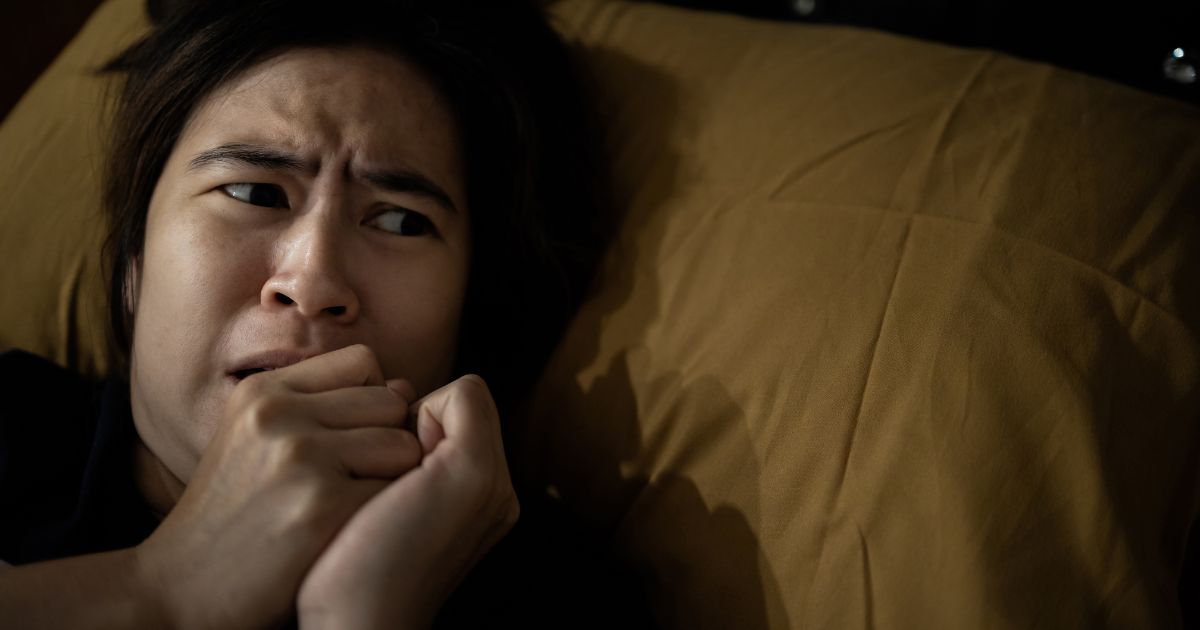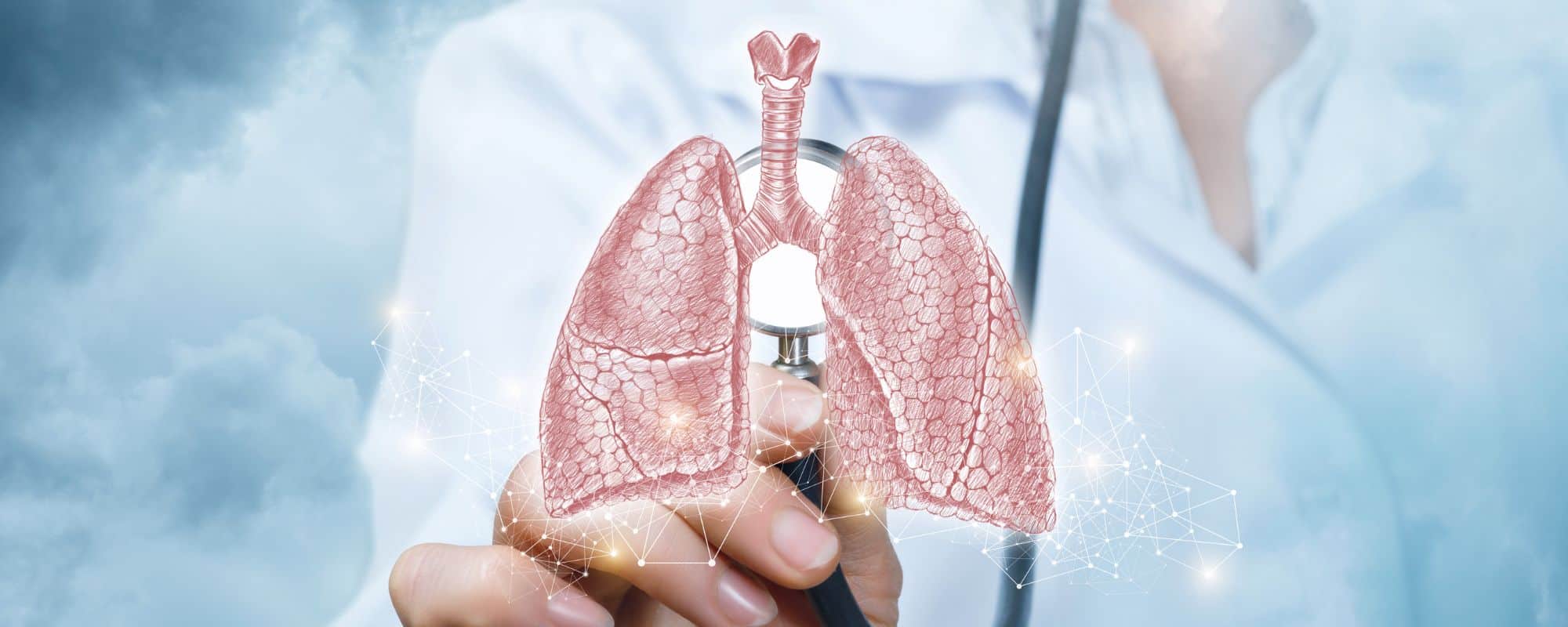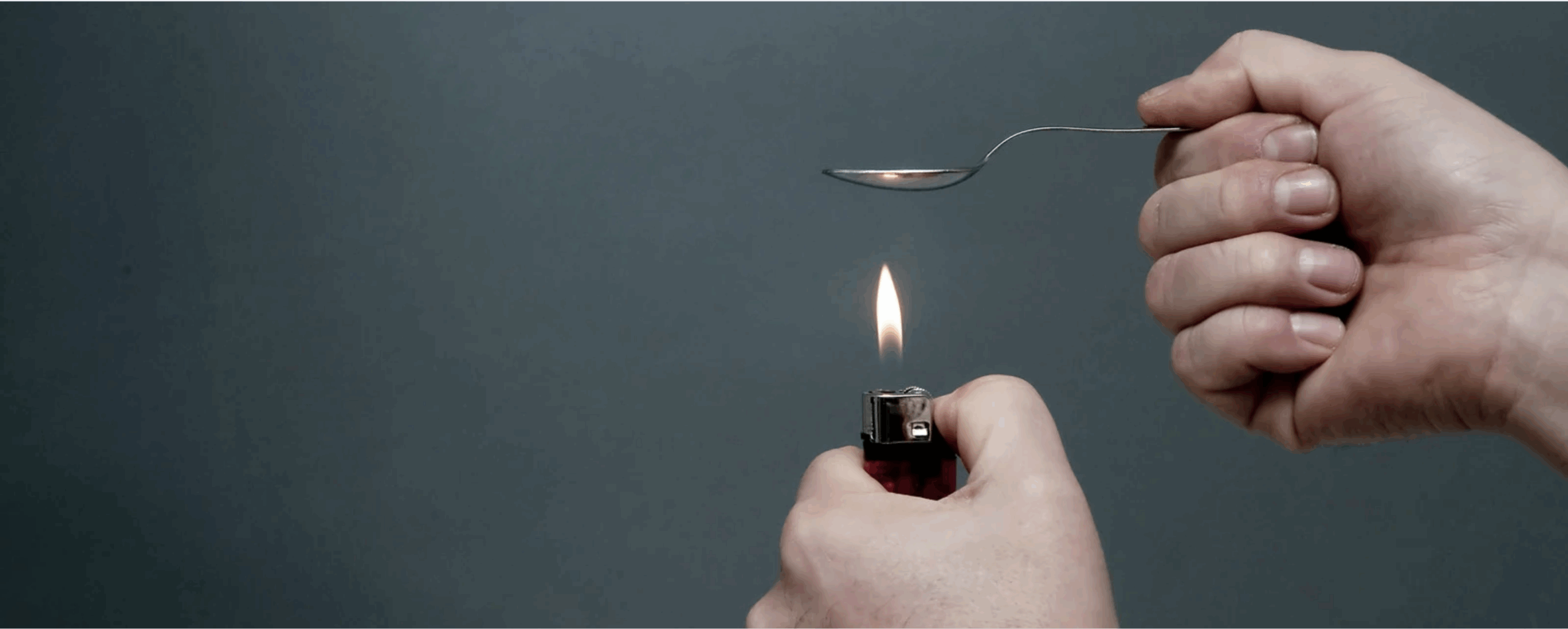Mixing weed and alcohol—a practice known as getting crossfaded—has become increasingly common, especially among young adults. While some may see it as a way to enhance their high, the combination of these two substances can produce unpredictable and potentially dangerous effects.
Understanding what it means to be crossfaded, how alcohol and weed interact, and the long-term risks involved is crucial for making informed, safer decisions.
What Does Crossfaded Mean?
Crossfaded is a slang term meaning someone intoxicated on alcohol and weed. It’s a variant of the term faded, which means high on marijuana. When someone is crossfaded, they’ve typically consumed enough of each substance to feel the effects of both simultaneously, which can intensify intoxication and lead to unpredictable reactions.
While some people intentionally combine the two to enhance their high, crossfading can also result in unpleasant side effects like dizziness, nausea, confusion, anxiety, or even panic attacks—especially for those with lower tolerance. The combined depressant effects can also impair coordination and judgment more than either substance alone, increasing the risk of accidents or dangerous behavior.
Get confidential help from our addiction treatment specialists in Orange County. Call to join our rehab program today!
Call 866-881-1184What Happens When You Mix Alcohol and Weed?
If you decide to get drunk and then smoke weed, you’ll definitely feel more intoxicated than if you’d done either separately. It turns out there’s science to getting crossfaded. A study from 2015 actually found that alcohol increases THC absorption.
When alcohol and weed are mixed, they interact in ways that intensify their effects on the brain and body.
Common outcomes of being crossfaded include:
- Increased Intoxication – Alcohol can boost THC absorption, enhancing feelings of impairment.
- Heightened Side Effects – Combining substances often leads to stronger dizziness, nausea, anxiety, and confusion.
- Impaired Judgment and Coordination – Being crossfaded significantly affects motor skills and decision-making, increasing the risk of accidents or injuries.
- Intensified Sedation and Sleepiness – Both substances have sedative effects, often causing increased drowsiness or lethargy.
- Potential Health Risks – Mixing alcohol and weed can lead to unpredictable reactions, like panic attacks or increased heart rate, especially in inexperienced users.
Understanding these risks is important to make safer choices and reduce potential harm when consuming alcohol and weed together.
What Does Getting Crossfaded Feel Like?
Getting crossfaded can produce a range of sensations that vary based on individual tolerance, experience, and the amounts of each substance consumed.
Common feelings include:
- Intense Euphoria – Initial sensations of deep relaxation, happiness, or a powerful high.
- Heightened Sensory Experiences – Increased sensitivity to sights, sounds, tastes, and touch.
- Disorientation or Confusion – Difficulty thinking clearly, processing information, or following conversations.
- Physical Impairment – Poor coordination, balance issues, and feeling heavy or clumsy.
- Dizziness and Nausea – Feelings of spinning or queasiness, known as “greening out,” could occur especially when large amounts are consumed.
- Increased Anxiety or Paranoia – Some users might experience intense anxiety, panic, or paranoia.
- Sedation or Sleepiness – Strong feelings of tiredness or lethargy, possibly leading to sleep or “blacking out.”
The crossfade experience can quickly shift from enjoyable to uncomfortable or even overwhelming, especially for those who aren’t accustomed to mixing these substances.
Looking for quality substance abuse treatment that’s also affordable? South Coast accepts most major insurance providers. Get a free insurance benefits check now.
Check Your CoverageCrossfading and the Risk of Addiction
Obviously if you are intentionally trying to get crossfaded you are abusing both alcohol and weed. Alcohol alone is a dangerous substance – alcohol addiction kills hundreds of thousands per year. And, believe it or not, marijuana can also be addictive. Repeated crossfading may lead to physical or psychological dependence, causing alcohol and weed withdrawal symptoms when use stops.
If you are still in adolescence, you should be especially careful of both substances – alcohol, it goes without saying, but there’s surprisingly strong evidence to be careful of marijuana as well. For example, according to the Substance Abuse and Mental Health Services Administration (SAMHSA), persistent marijuana use in adolescents and preteens has a variety of negative consequences.
Short-term users experienced feelings of paranoia, anxiety, and low self-esteem. Long-term marijuana usage has been linked to a variety of harmful effects. SAMHSA and other competent organizations have even connected marijuana usage to irreversible IQ loss – as much as eight points.
In addition, both marijuana and alcohol can be gateway drugs, with studies connecting them to the use of harder drugs further down the line.
Polysubstance Use Warning Signs
Getting crossfaded is an example of polysubstance abuse – the use of two or more substances at once. Polysubstance use, including regularly mixing alcohol and weed, may lead to problematic behaviors or addiction.
Here are some common warning signs:
- Increased Tolerance: Needing larger amounts of substances to feel the same effects.
- Frequent Intoxication: Regularly becoming crossfaded or using substances to function socially or emotionally.
- Loss of Control: Difficulty managing substance intake or stopping once you’ve started.
- Neglecting Responsibilities: Missing work, school, or social obligations due to substance use.
- Mood and Behavior Changes: Exhibiting increased irritability, anxiety, depression, or mood swings.
- Social Isolation: Withdrawing from friends, family, or activities once enjoyed.
- Risky Behaviors: Engaging in activities such as impaired driving, unsafe sex, or other dangerous actions while intoxicated.
- Withdrawal Symptoms: Experiencing discomfort, cravings, anxiety, insomnia, or other negative effects when not using substances.
Recognizing these signs early can help prevent addiction and lead to healthier choices or appropriate treatment interventions.
Polysubstance Abuse Treatment
Polysubstance abuse refers to the concurrent use of multiple drugs, creating complex treatment challenges due to varied withdrawal symptoms, drug interactions, and heightened health risks. Effective treatment requires a comprehensive approach addressing the physical, psychological, and social aspects of addiction.
Treatment options for polysubstance abuse include:
Besides detox and therapy, healthcare practitioners may integrate medications in a treatment plan to help manage mental health or physical disorders, as well as diminish cravings or desires to use.
Addiction Treatment at South Coast Behavioral Health
Getting crossfaded might seem like just another way to party, but it carries real risks—especially when done frequently or in high amounts. Mixing alcohol and marijuana can intensify side effects, lead to accidents, and increase the risk of developing a substance use disorder. If you or someone you know is struggling with crossfading or any form of polysubstance abuse, an Orange County alcohol and drug treatment center can help.
At South Coast Behavioral Health, we provide compassionate, evidence-based care for alcohol, marijuana, and dual-substance addiction. Don’t wait for things to spiral out of control—reach out today and take the first step toward recovery.







